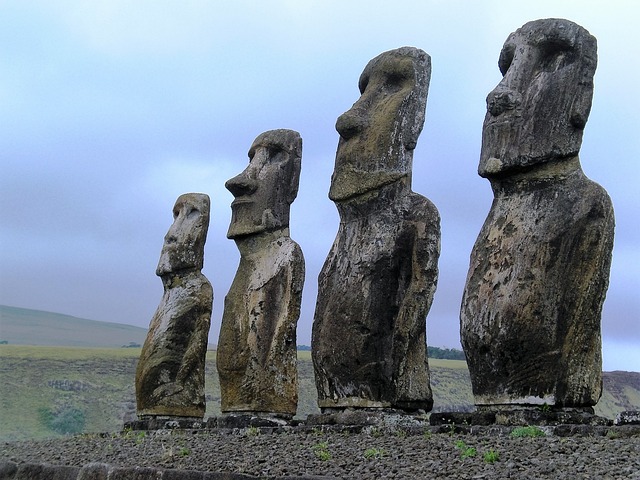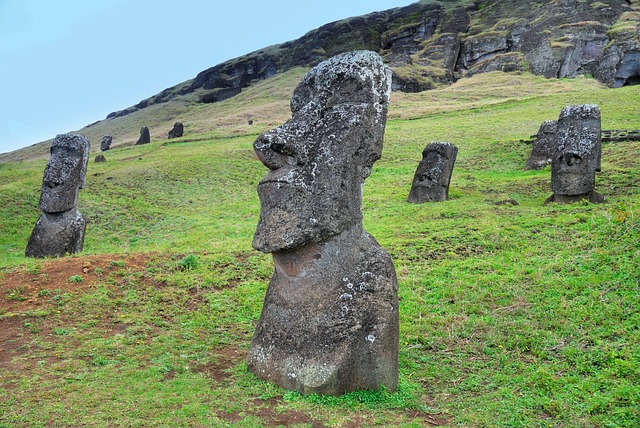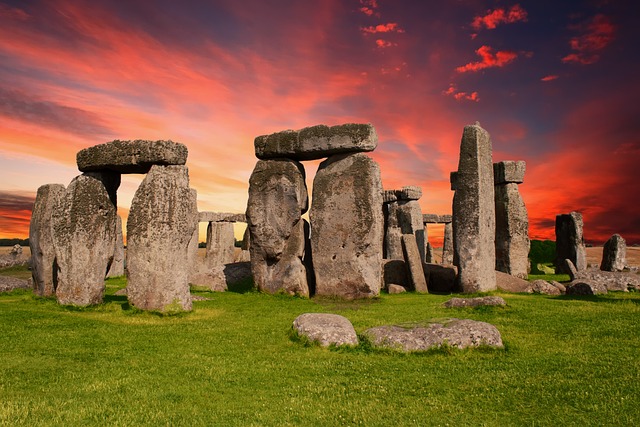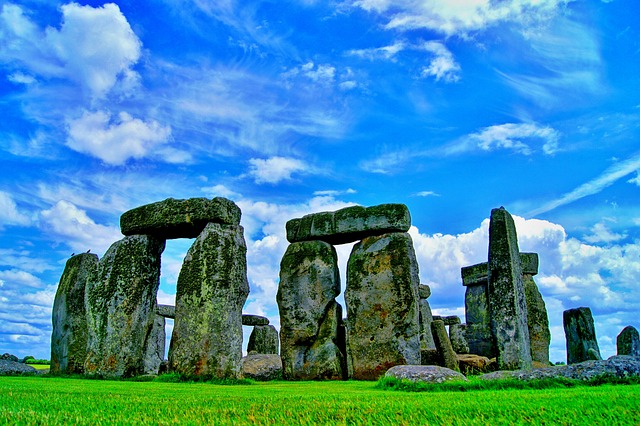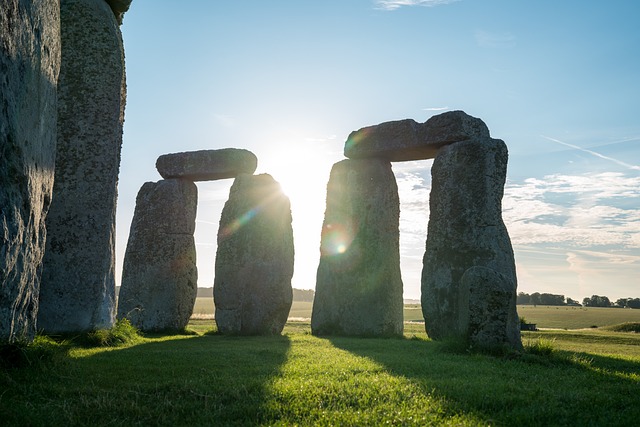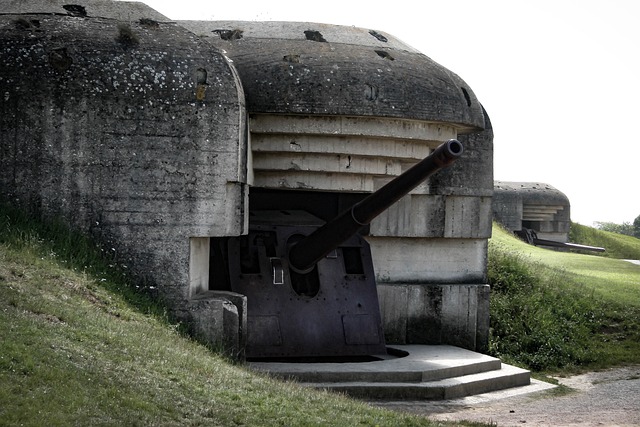The Aral Sea, once one of the world's largest lakes, has undergone a dramatic transformation in the past few decades. What used to be a flourishing ecosystem and a vital source of livelihood for the people of Central Asia, has now become a symbol of environmental degradation and human impact.
In this article, we will delve into the rise and fall of the Aral Sea, uncovering its fascinating historical facts and tragic decline.
Through a comprehensive exploration of its past, we aim to shed light on the significance of understanding the consequences of human actions on our environment. As we uncover the story of the Aral Sea, we hope to learn valuable lessons that can guide us towards a more sustainable and responsible future.
The Aral Sea: A Historical Overview
The Aral Sea, once the fourth-largest lake in the world, holds a significant place in the history of Central Asia. Located between Kazakhstan and Uzbekistan, the Aral Sea has been a crucial source of livelihood for the people of the region for centuries. However, its importance and existence have been greatly impacted by human activities in the past few decades. In this section, we will delve into the origins and early history of the Aral Sea and explore its cultural, environmental, and economic significance in the region.
The Origins and Early History of the Aral Sea
The Aral Sea has a rich history that dates back to the ancient Silk Road era. The sea was formed over 5 million years ago when the Amu Darya and Syr Darya rivers flowed into a large basin known as the Ponto-Aral Sea. Over the centuries, the sea has been an important source of trade and transportation for the people living along its shores. It also provided a vital habitat for various species of fish and birds, making it a popular site for fishing and bird-watching.
The Significance of the Aral Sea in Central Asia
The Aral Sea's central location in the heart of Central Asia has been crucial for the region's economy and development. It served as a major hub for trade between Europe and Asia, with merchants trading silk, spices, and other goods through its ports. Additionally, the fertile lands surrounding the sea supported a thriving agricultural industry, providing food for both local consumption and export.
Moreover, the Aral Sea has played a significant role in the cultural history of the region. The sea has been a source of inspiration for artists, writers, and poets, with many ancient myths and tales centered around its shores. The local communities also had a deep spiritual connection with the Aral Sea, considering it a sacred and vital part of their lives.
The Role of the Aral Sea in Agriculture and Trade
In the late 19th century, the Russian Empire began large-scale irrigation projects around the Aral Sea, aiming to transform the region into a major agricultural center. However, it was during the Soviet era that the Aral Sea's role in agriculture and trade truly flourished. The Soviet government implemented massive irrigation projects to grow cotton, a cash crop that became the backbone of their economy. This led to a rapid increase in water diversion from the sea, resulting in the Aral Sea's water level starting to decline.
The Consequences of Water Diversion
As the Soviet Union focused on industrialization and agriculture, the Aral Sea paid the price. The diversion of water from the rivers feeding into the sea led to a decrease in water levels, causing the sea to shrink in size. This had a devastating impact on the surrounding ecosystem, with many species of fish dying due to the increased salinity of the water. The once-thriving fishing industry also collapsed, affecting the livelihoods of the communities living along the shore.
Moreover, the decline of the Aral Sea had severe economic and environmental consequences. The exposed seabed became a breeding ground for toxic dust storms, leading to increased health risks for the local population. The region also experienced a rise in desertification, causing a loss of fertile lands and biodiversity. These consequences continue to affect the region to this day.
Thus, the Aral Sea's history is a cautionary tale of the consequences of unchecked human activities. In the next section, we will explore the decline of the Aral Sea in detail and uncover the efforts made to document and address this tragic decline.
The Rise of the Aral Sea
The Aral Sea, located in Central Asia, has a long and rich history. It has been an integral part of the region's culture, environment, and economy for centuries. In this section, we will explore the rise of the Aral Sea and its importance in the development of Central Asia.
The origins of the Aral Sea can be traced back to the prehistoric times when it was part of a larger system of lakes and rivers. However, it was not until the 13th century that the sea was mentioned in historical records. At that time, the Aral Sea served as a vital transport route for traders traveling along the Silk Road. Its strategic location made it a hub for commerce, connecting the East and the West.
During the 19th century, the Aral Sea played a significant role in the development of agriculture in the region. The fertile land surrounding the sea was used for cotton production, which became the main source of income for the local population. This led to the growth of cities and towns around the Aral Sea, making it a center of trade and economic activity.
However, it was not until the 20th century when the Aral Sea's rise truly began. Under the Soviet Union's rule, the Aral Sea region was designated as a priority area for industrialization and agricultural development. The Soviet government invested heavily in irrigation projects, aiming to transform the region into a major agricultural hub. This resulted in the construction of dams, canals, and other water diversion projects, all aimed at increasing the flow of water into the Aral Sea.
The increase in water diversion had a significant impact on the Aral Sea. It led to a rise in its water level, which was seen as a positive development at the time. The sea's expanding shores were seen as a sign of progress and prosperity for the region. However, this was short-lived.
As the sea's water level rose, the surrounding land became increasingly saline, making it unsuitable for agriculture. This, combined with poor irrigation practices, led to a decrease in crop yields and the degradation of the soil. The Aral Sea's rising water level also threatened the unique ecosystem of the sea, affecting the fish population and other wildlife.
In the 1960s, the sea's rise reached a critical point, and the consequences began to emerge. The increased water diversion caused the Aral Sea's water level to decline rapidly, exposing the sea's seabed and devastating the local fishing industry. This marked the beginning of the Aral Sea's decline, which had severe environmental and economic consequences for the region.
In conclusion, the rise of the Aral Sea was a result of the region's historical, cultural, and economic significance. However, the Soviet Union's industrialization and agricultural policies had a profound and detrimental effect on the sea's ecosystem. In the next section, we will explore the tragic decline of the Aral Sea and its impact on the surrounding communities.
The Fall of the Aral Sea
The period of the 1960s marked the beginning of the Aral Sea's tragic decline. This was a result of the Soviet Union's ambitious plan to transform the Aral Sea region into a major agricultural hub. The construction of irrigation canals to divert water from the two main rivers feeding into the sea, the Amu Darya and Syr Darya, was a key component of this plan.
As a result, the water level in the Aral Sea began to drop rapidly, leading to a series of devastating consequences. The decline of the Aral Sea can be attributed to several factors, including the increase in water diversion projects, inefficient irrigation practices, and the lack of proper planning and management.
The diversion of water from the rivers to the agricultural fields caused a significant decrease in the water flow into the Aral Sea. As a result, the sea's water level dropped by an alarming rate of up to 20 centimeters per year. This caused the shoreline to recede by more than 60 kilometers, leaving behind large areas of salty and barren land.
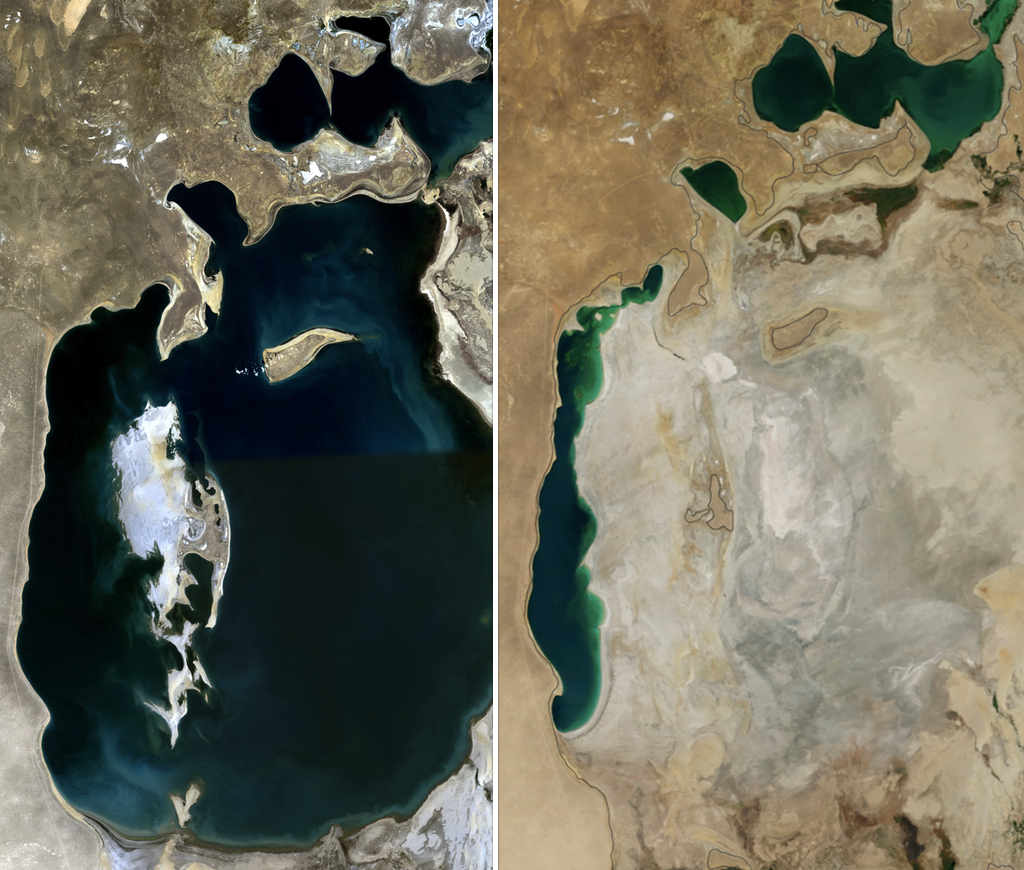
The decrease in water flow also had a severe impact on the Aral Sea's ecosystem. The salt and mineral content of the remaining water increased, making it too salty for most aquatic life to survive. This led to the extinction of many species of fish, including the once abundant sturgeon, as well as the loss of important wetland habitats for migratory birds.
The decline of the Aral Sea also had significant economic consequences for the region. The sea was once a major source of fish, providing livelihoods for thousands of people. With the decrease in fish populations, many lost their source of income and were forced to find alternative means of survival. The decline in the sea's water level also affected the climate, leading to an increase in dust storms and desertification, further impacting the region's economy.
The environmental and economic consequences of the Aral Sea's decline were not limited to the immediate region. The shrinking sea also had a global impact, as the dust and salt particles carried by the wind spread to other areas, causing air pollution, health issues, and damaging crops.
Despite the obvious consequences of the Aral Sea's decline, little action was taken to address the issue until the late 1980s. By then, it was too late to reverse the damage that had been done. Efforts were made to restore the water flow into the sea, but they proved to be insufficient due to the years of neglect and mismanagement.
In conclusion, the fall of the Aral Sea was a tragic event that had significant environmental, economic, and social consequences. It serves as a stark reminder of the dangers of unsustainable development and the need for responsible resource management. The decline of the Aral Sea stands as a cautionary tale and serves as a lesson for future generations to prioritize the preservation of our natural resources.
Uncovering the Historical Facts
The decline of the Aral Sea is a tragic event that has captured the attention of the world in recent decades. Once the fourth-largest lake in the world, the Aral Sea has shrunk to less than a quarter of its original size, leaving behind a barren landscape and devastating consequences for the surrounding communities. To truly understand the magnitude of this environmental disaster, it is important to uncover the historical facts and uncover the truth about the Aral Sea's decline.
In the early 20th century, the Aral Sea was a thriving body of water situated in Central Asia, bordered by Kazakhstan and Uzbekistan. It played a significant role in the region's history, serving as a vital trade route and an essential source of water for agriculture. The sea's rich biodiversity also made it an important cultural and environmental site for the local communities.
However, with the onset of industrialization in the 1960s, the fate of the Aral Sea took a dramatic turn. The Soviet Union, in an attempt to boost agricultural production in the region, began diverting water from the two rivers that fed into the Aral Sea. These diversion projects were meant to channel water towards the vast cotton fields in the desert, leaving little to no water to replenish the sea. This marked the beginning of the Aral Sea's decline.
Satellite imagery has played a crucial role in documenting the changes in the Aral Sea over the years. In the 1980s, satellite images revealed the alarming decrease in the Aral Sea's water level, and by the 1990s, it had shrunk by 60%. This data provided undeniable evidence of the sea's decline, and scientists and researchers began to study the effects of this environmental disaster.
Through their findings, scientists have uncovered that the Aral Sea's decline has had a ripple effect on the surrounding ecosystem. The decrease in water level has led to a rise in salinity, making the remaining water undrinkable and causing the extinction of many aquatic species. The exposed seabed has also led to severe dust storms, further exacerbating the environmental impact.
Moreover, the decline of the Aral Sea has had severe consequences for the communities that once depended on it. The shrinking sea has left behind a barren landscape, rendering the previously fertile land unproductive. This has resulted in the displacement of thousands of people and the collapse of local economies. The increase in salinity has also led to health issues for those living in the region.
The decline of the Aral Sea serves as a poignant reminder of the consequences of unsustainable resource management. It highlights the need for responsible environmental practices and sustainable development to prevent similar tragedies from occurring in the future. International cooperation and support are necessary in addressing environmental issues and mitigating their impact on communities and ecosystems.
In conclusion, uncovering the historical facts of the Aral Sea's decline is crucial in understanding the severity of this environmental disaster. Thanks to the efforts of scientists and researchers, we now have a better understanding of the factors that have contributed to its decline. It is now up to us to learn from this tragedy and take proactive steps towards preserving our planet's natural resources for future generations.
Tracing the Tragic Decline
The decline of the Aral Sea has been a slow and tragic process that has had devastating effects on the surrounding communities and their way of life. As the sea's water level continued to decrease, the once-thriving fishing industry collapsed, leaving many people without a source of income. The decline of the Aral Sea has also had a severe impact on the region's agriculture, leading to economic and health consequences for the local population.
One of the most significant effects of the Aral Sea's decline has been the deterioration of the region's health. The shrinking sea has left behind a vast area of exposed seabed, which contains high levels of salt and toxic chemicals from years of agricultural runoff. As the water receded, winds swept the salt and chemicals into the air, causing respiratory issues and other health problems for the surrounding communities. Additionally, the loss of the sea has disrupted the region's climate, leading to extreme temperatures and desertification, making it difficult for people to grow crops or maintain their traditional pastoral way of life.
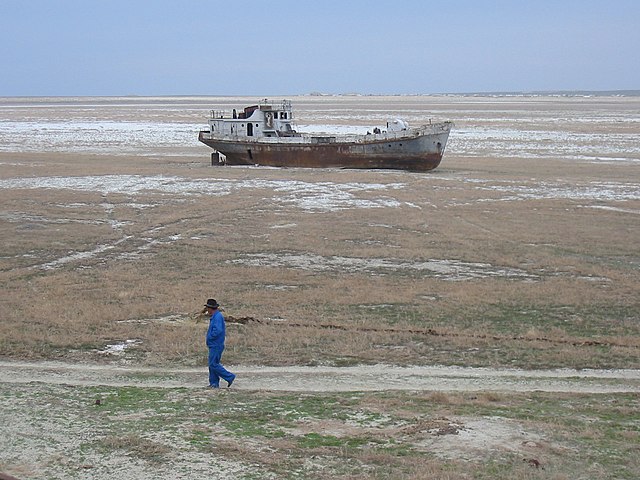
The economic consequences of the Aral Sea's decline have been equally devastating. As the sea's water level decreased, so did the fish population, leaving many fishermen without a livelihood. The decline of the fishing industry also had a ripple effect on other sectors of the economy, such as transportation and processing plants, leading to mass unemployment in the region. The loss of the sea's water has also affected the irrigation systems of nearby agricultural areas, resulting in lower crop yields and further economic hardships for the local population.
In response to the crisis, international organizations and governments have stepped in to address the tragic decline of the Aral Sea. The World Bank and the United Nations have collaborated with the governments of Kazakhstan, Uzbekistan, and other Central Asian countries to implement projects aimed at improving the region's water management and environmental conditions. These efforts have included the construction of dams and canals to redirect water back into the Aral Sea and the introduction of sustainable farming techniques to improve crop yields.
However, while these efforts have had some success in slowing down the decline of the sea, the damage has already been done. The lessons learned from the Aral Sea's decline are crucial in understanding the importance of sustainable development and responsible resource management. The overuse and mismanagement of resources, in this case, water, can have catastrophic consequences on both the environment and the livelihoods of the people who depend on it.
In conclusion, the tragic decline of the Aral Sea serves as a cautionary tale of the devastating effects of human activity on the environment. It highlights the need for international cooperation and responsible resource management to prevent similar disasters from occurring in the future. The Aral Sea may never fully recover, but it serves as a reminder of the importance of protecting and preserving our natural resources for generations to come.
Lessons to be Learned
The tragic decline of the Aral Sea serves as a stark reminder of the consequences of unsustainable development and irresponsible resource management. The continuous diversion of water for agricultural purposes, without considering the long-term impact on the ecosystem, has led to the devastating decline of the sea. This serves as a lesson for all of us to learn from and take action to prevent similar disasters from happening in the future.
One of the key lessons to be learned from the Aral Sea's decline is the importance of sustainable development. This means using resources in a way that meets the needs of the present without compromising the ability of future generations to meet their own needs. The Soviet Union's agricultural practices in the Aral Sea region were not sustainable, and the consequences are evident to this day. It is crucial for governments and industries to prioritize sustainable practices in order to prevent such disasters.
Moreover, the Aral Sea's decline highlights the need for responsible resource management. The excessive diversion of water from the two main rivers that feed the sea, the Amu Darya and the Syr Darya, has caused irreparable damage to the ecosystem. It is essential for all parties involved to consider the long-term impact of their actions on the environment and implement measures to mitigate any negative effects.
Another lesson to be learned from the Aral Sea's decline is the importance of international cooperation in addressing environmental issues. The Aral Sea is shared by Kazakhstan and Uzbekistan, and the diversion of water from the rivers has also affected neighboring countries such as Turkmenistan and Tajikistan. This highlights the need for collaborative efforts between governments to address transboundary environmental issues. The Aral Sea crisis has prompted international organizations such as the United Nations and the World Bank to provide support and aid in addressing the situation.
The tragic decline of the Aral Sea has also brought to light the importance of proper monitoring and data collection. Thanks to advancements in technology, scientists and researchers were able to document the decline of the sea using satellite imagery. This data has been crucial in understanding the extent of the Aral Sea's decline and has aided in the development of strategies to address the crisis. It is essential for governments and organizations to invest in proper monitoring and data collection to effectively address environmental issues.
Furthermore, the decline of the Aral Sea highlights the interconnectedness of the environment and human health. The shrinking of the sea has led to an increase in air pollution, as the exposed sea bed has become a major source of dust storms in the region. This has had severe consequences on the health of the surrounding communities, leading to an increase in respiratory diseases. This serves as a reminder that our actions towards the environment have a direct impact on our health and well-being.
In conclusion, the tragic decline of the Aral Sea has paved the way for valuable lessons to be learned. It serves as a reminder of the importance of sustainable development, responsible resource management, international cooperation, proper monitoring and data collection, and the interconnectedness of the environment and human health. It is crucial for governments, industries, and individuals to take these lessons to heart and work towards a more sustainable and responsible future. Let the rise and fall of the Aral Sea serve as a warning and a call to action for all of us to take better care of our environment.


















